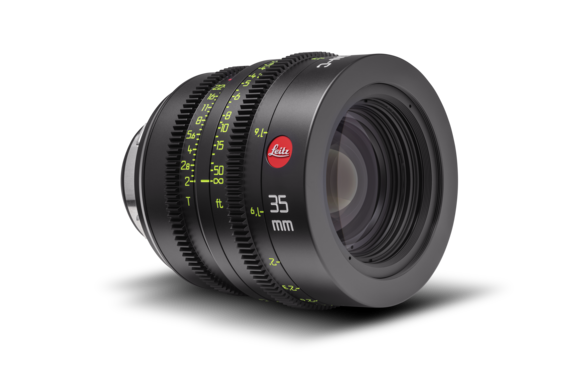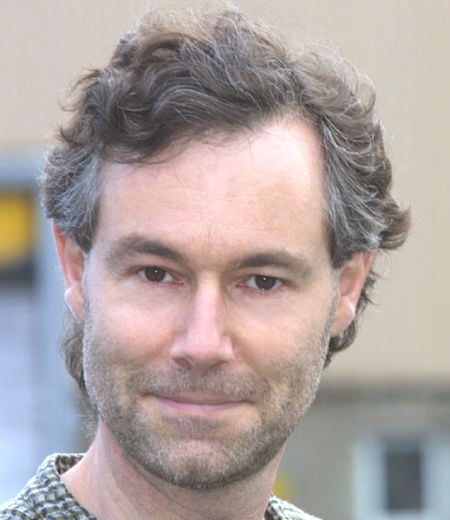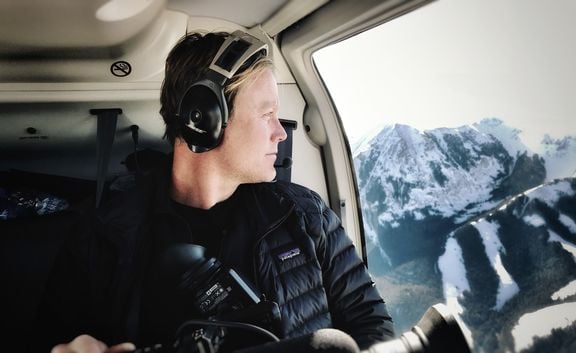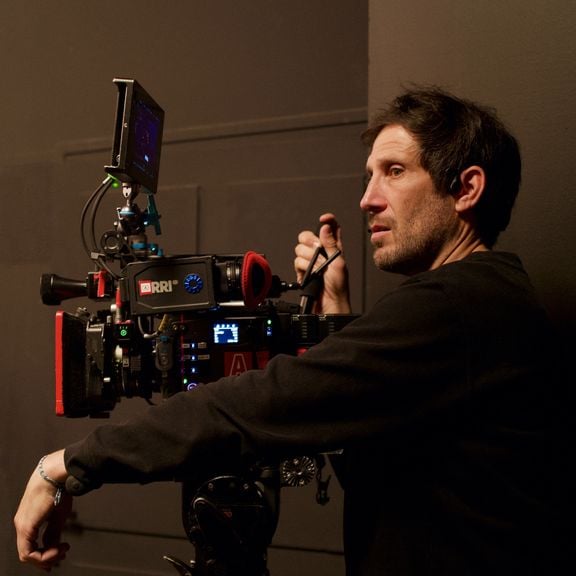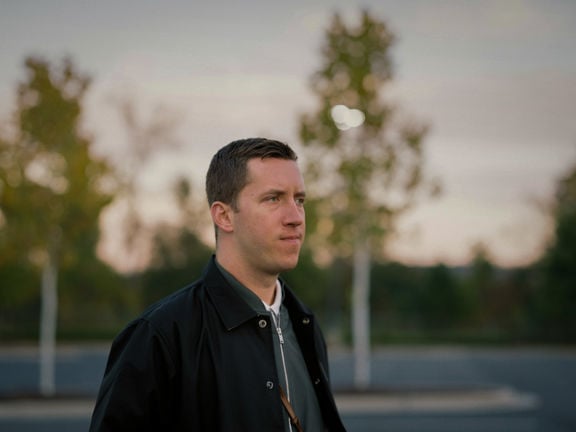MY APPROACH TO PREP FOR 10-HOUR DAYS WITH SHANE HURLBUT, ASC
Tall Girl 2 (2022)
During an interview with cinematographer Shane Hurlbut, ASC about his work on the Netflix feature Tall Girl 2, Shane told me how he had completely changed his prep process to allow his production to consistently keep 10-hour (or less) days and create a more positive set with a comfortable environment for spontaneity, all while nearly eliminating budgetary push back from production. This is that story.
Seth Emmons: What initiated the desire to rethink how you prep for a feature film?
Shane Hurlbut, ASC: I began working on my prep process before Covid. I had been thinking about my past films and the hurdles I have had with production when trying to fit everything I wanted to do into the budget. I tend to think big and not always in the budgetary box with the hope that I can cram some of those big ideas into the movie. But it’s always a compromise. I wanted to change that, so I threw out my playbook of how I’ve prepped my past 30+ movies and started over.
It began by looking at how the camera department budget gets spent on a feature. Usually, I’ve just got a few weeks of prep and during that time I’ll do blocking or lighting schematics for a few big scenes, but they’re time-consuming, so I’ll work out the rest that week or the day before. However, this limited amount of information only gives the crew a partial roadmap for the shoot. They’ve got to fill in the rest themselves, and the way they’re going to do that is by covering their asses with extra man power, extra production days, and more gear. They’re going to bring a full truck of lighting and grip to every setup because they have no idea what’s coming. Those costs add up fast.
So, I thought, what if I do a shot list for the whole entire movie? Do a full blocking and lighting schematic for every scene. Would that make things easier?
I started the process on the Netflix film Holidate in 2019 working with director John Whitesell on 10-12 shots with blocking schematics. Later that year when I shot the Disney+ feature Safety I fine-tuned it even more. I asked the Safety director Reggie Hudlin, “Do you mind if I shot list the movie? I’d like to do the first 30 scenes and then we can review and see if I’m in your headspace for your vision.”
He said, “Go for it,” so I sketched out the blocking schematics but not the lighting schematics and then sat with Reggie and 1st AD James J. D. Taylor for a 3-hour power meeting to go through my 30 scenes, get notes, and make some changes. The next week I came back with another 30. We sat down and reviewed again. Safety had 197 scenes. That shit was daunting! They had 50 days budgeted on the film, but after working through the full shot list and breaking everything down I was able to save 6 days, which translated to a hell of a lot of savings on the budget.
But even after all that work on Safety there was still a lot of push back from production. They said I was asking for too much budget, too much equipment, all of it. And I asked myself, “Why is this push back still happening?” For the next film, Love Hard, I did 70% of the schematics during prep and started to include lighting, but there was still push back, although less of it.
So, with the Netflix feature Tall Girl 2 I did 100% of the blocking, lighting, and rigging schematics during prep. The film only had 64 scenes, which made it easier, but what I found was that once I gave production the full roadmap, they never came to me and said, “Shane, this is too radical. We don't have the man days, we don’t have the gear, we don’t have this and that.” Instead, the conversation was, “Shane, this is a little big.” And I could say, “Okay, I can trim this a little bit.” But it wasn’t the usual conversation where I had to change everything and reinvent the wheel. It was so enlightening.
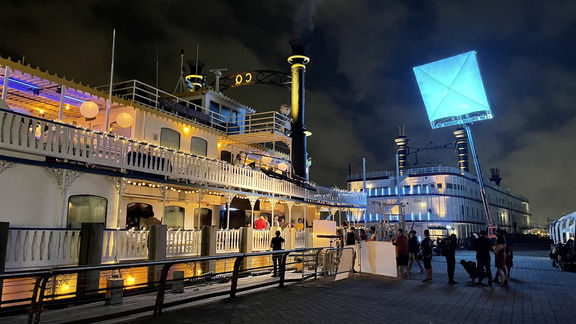
Once you’ve created the schematics and the director has signed off, what happens with them?
Well, first off, it’s more than just the schematics. All the details for each day are combined into a single massive Pages document. Each day starts off with the scene description and the look, then there’s blocking schematic followed by a detailed shot list, and finally an equipment list for camera, lighting, grip, and any special effects notes. Important details like different frame rates, or camera setups between handheld, Ronin, or studio mode are noted, plus condors and lifts, flags, gags like turning on a light…it’s all in there!
That document is then shared with everyone on the production crew before production starts, and not just camera, electrical, and grip, but also the 1st AD, production design, wardrobe, hair/makeup, VFX, special effects. Everyone can see what the look of each scene would be, and grip, lighting, and camera all know what equipment they are going to need in one document. The idea is that the details are so granular that once a department gets it then all they need to do is make it happen.
View sample of Shane’s Daily Doc
DownloadHow did everyone respond to this level of planning?
The main reason I wanted to do this movie was the director Emily Ting. The first time I met Emily she came with so much passion and an amazing vision for the film. Her pitch deck was 200 pages. I’ve never seen anything like it in my life. In the interview she asked me, “How do you like to prep?” I told her, “I LOVE prep!” She said, “I love prep too!” I told her my plan to do the whole shot list and we bonded over it immediately.
Emily and I started working on the shot list during our quarantine before prep even officially began. When 1st AD Jude Gorjanc came on and saw the document, she thought it was insane. But once she was added to the collaboration on the document she then started ordering and aligning all the shots for maximum efficiency and got it all scheduled and it worked beautifully. So now the director and AD and I are all speaking with one voice. On a movie there are so many different programs being used, between Movie Magic and Final Draft and the script…but with this one document we could all collaborate together.
The document for the next day would go out with the prelims so everyone had time to review it the night before. For the first week the crew all thought it was a pipedream. No one thought it would last or that we would actually stick to it, so for that first week they were still emptying the truck for each shot. But once they started to see that, yes, we were sticking to the document each day they began to put more trust in it, and it boosted the confidence of every single crew member because they knew what was going to happen. They stopped worrying about curveballs or being afraid I would empty the truck. I kept telling them, “Really, I’m just going to use the lights on the list.” And all of the sudden the crew was much more positive.
Sometimes it comes down to just demystifying it for everyone. A scene may be five pages long but it’s really only four shots. All of the sudden it doesn’t seem as big as it reads on the page. Otherwise, everyone has their own interpretation and that will destroy you and destroy the production. So many times on a movie there are 99 people making 99 movies instead of everyone making the director’s one movie. Once we started to log some 8-hour and 9-hour days the confidence on set really started to build. Now we’re all on the same page, working on the same vision, and it’s great!
Eight- and 9-hour days?
Oh yeah! That’s a huge added benefit to working this way. I get to have a life! For 30-some years I’ve been beating the crap out of myself doing 13-14-15-16-hour days on a 6-8 week film. Most days everyone is just stumbling home and trying to throw something into their stomach before we’re off to the races again. But now, with a great Plan A and clear planning we can keep to our 10-hour days, and I can come home, have a nice dinner, even go out and see a movie or a live band, and not feel completely drained the next day.
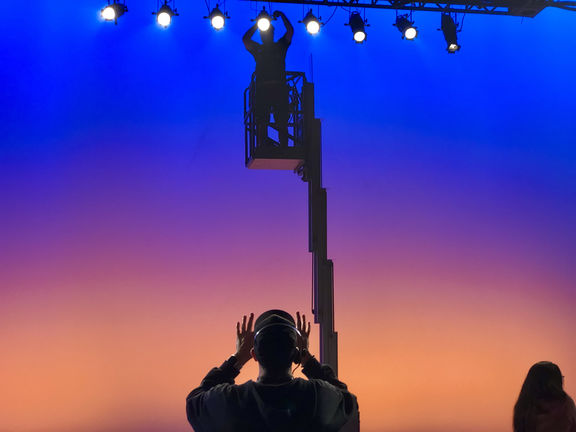
Does having a detailed plan ever feel constraining creatively in the production?
Just the opposite actually. Because we have a great Plan A, we are more comfortable with serendipity in the moment. If the actor doesn’t feel it or doesn’t like the blocking and they want to change it up, then that curveball is fine. That’s serendipity. Let’s react to it. We know what the rest of the day is going to look like, and we can take some time to change things around without the weight of uncertainty about making our day. We shot Safety before Covid and because of the preplanning we never went over 12 hours a day. We had something like nine 8-hour days and 27 10-hour days. They saved a ton of money on overtime, and we were still able to be nimble and creative.
Another benefit is it helps catch the little things that can trip you up throughout the day. When I get the next day’s document it starts me thinking about the next day and I can identify any red flags. Everyone is double checking things. Your grip and electric teams are working so hard and they’re all under pressure to be able to make their day. Sometimes stuff falls through the cracks. It’s just going to happen with so many moving parts. It’s crazy how well it worked on Tall Girl 2.
This is where we need to be heading as artists. We must get more organized. The budgets are shrinking, the time is shrinking, everything is shrinking. Most DPs don’t enjoy the prep process, and it does get to the point where on week 7 I’m tired of the prep too and just want to get to the movie. But if this process can increase positivity on set, shorten up the days to keep people safer and healthier, and reduce friction around the budget, then I’m going to keep doing it.
Interview by Seth Emmons
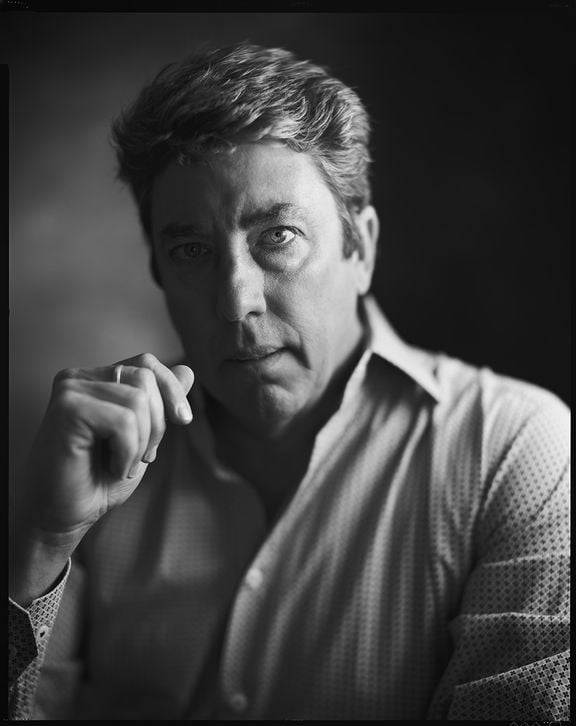
Overview
DoP Shane Hurlbut
DoB February 18, 1964 (age 61 years)
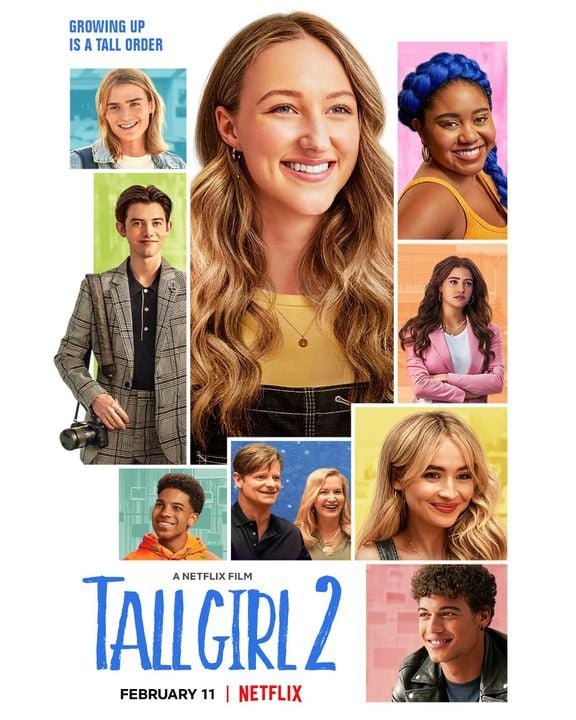
Tall Girl 2
2022 | movie
DoP Shane Hurlbut, ASC
Director Emily Ting
Leitz lens SUMMICRON-C
Production Companies Wonderland Sound and Vision
Distribution Netflix
Awards 1 win
Equipment Supplier Keslow Camera | New Orleans
Country USA
Lens used
SUMMICRON-C
Character
Premium prime lenses designed for larger sensors on film and television productions.
